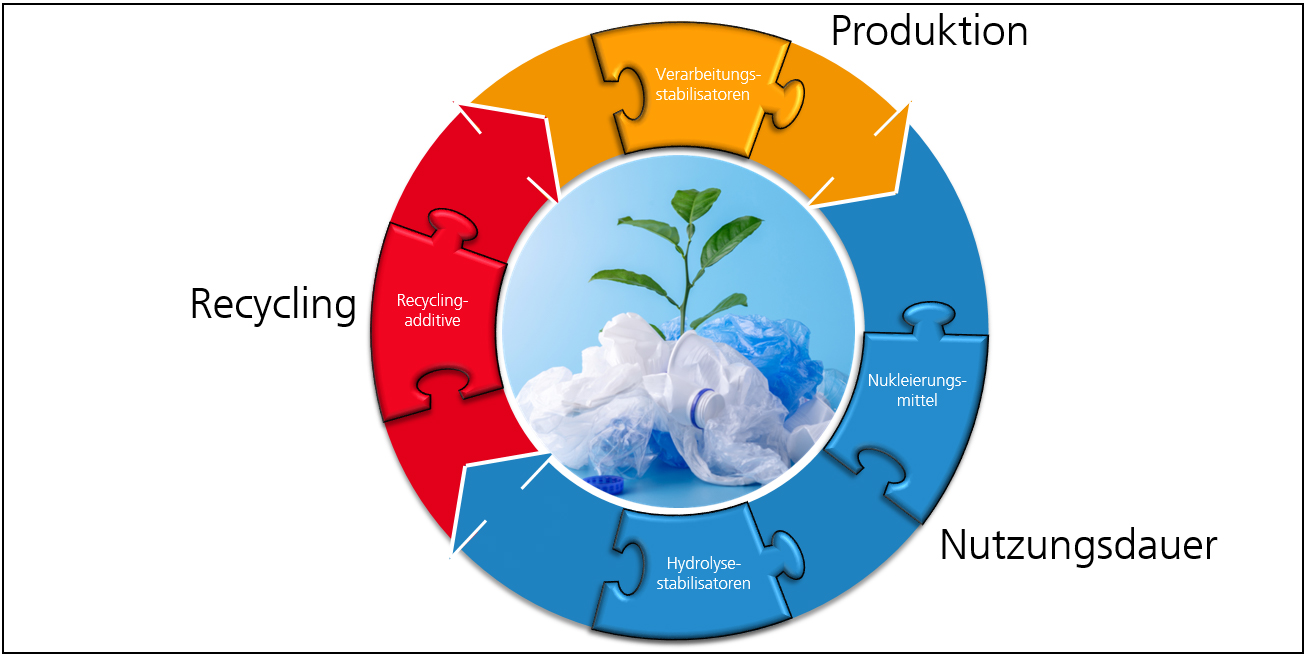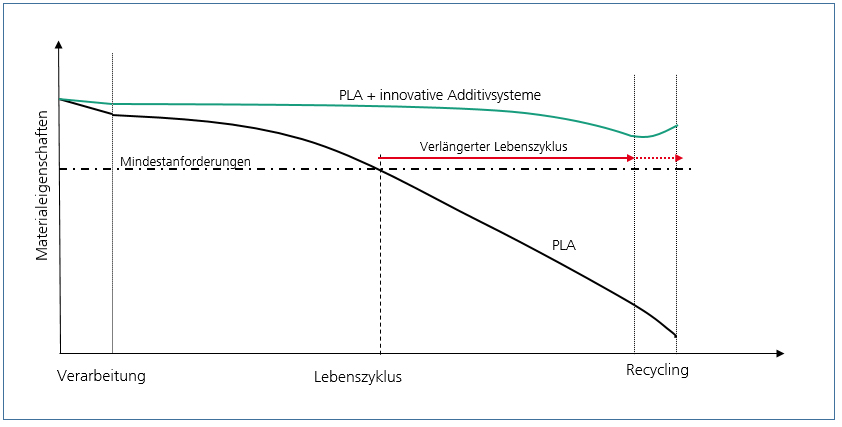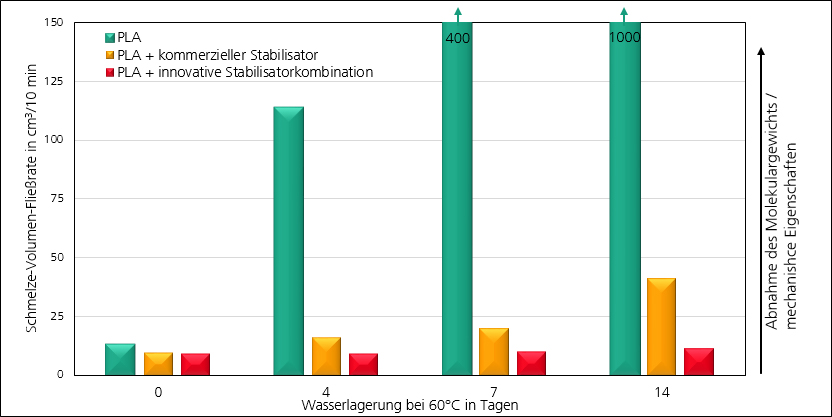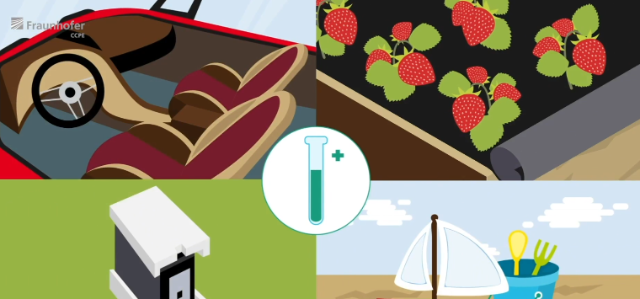additives, bioplastics, sustainability




Economic and political pressure are forcing the plastics industry to reduce its dependency on petroleum-based raw materials, realize opportunities for reducing CO2 emissions and commit to sustainability. This range of issues means that bio-based plastics are becoming more and more important for the industry. Currently, the main areas of application for high-quality bio-based plastics have mostly been based on single-use or short-term use (disposable cutlery, packaging, shopping bags, etc.). Here, compostable bioplastics are an alternative to conventional plastics. However, this does not allow us to fully exploit the potential of high-quality bio-based polymers, such as PLA.
The demands being placed on plastic compounds are constantly increasing, especially in technical applications. Due to their structure and the resulting sensitivity to hydrolysis and high temperatures, bioplastics such as PLA cannot compete with petroleum-based alternatives when it comes to long-term properties and continuous use temperatures. At this point, the raw material must be modified through the use of specific additives, so it can enjoy the highest standards of long-term stability.
When developing plastic compounds with long-term stability, different parts of the product life cycle must be taken into account. This starts with compounding of the additive systems in the base plastic, subsequent shaping (e.g. injection molding), application and recycling. From a circular point of view, thermal recycling has to be ruled out and mechanical recycling has to be undertaken. It is precisely when implementing this that additive systems for restoring mechanical properties and achieving long-term stabilization are added in a further process step, thereby making the compound suitable for long-term applications.
The molecular weight degradation and the associated loss of mechanical properties in bioplastics is primarily caused by the hydrolytic cleavage of the polymer chain. To assess the stabilizing effects of different additives or additive systems, these are incorporated into bioplastics and the compounds produced are subjected to water storage. To accelerate aging, this is carried out at elevated temperature (60 °C), while the melt viscosity of the plastic is determined as an indicator of the molecular weight change.
Up until now, the long-term properties of hydrolysis-sensitive (bio)plastics have been improved through the use of hydrolysis inhibitors. Investigations at Fraunhofer LBF into stability against degradation have revealed that use of innovative additive systems provides a significant advantage in relation to hydrolysis resistance compared to conventional stabilizers. The MVR value, as an indicator for the molecular weight, demonstrates an increase in flowability of approx. 30% with the newly-developed stabilizer system, after two weeks of water storage. This is compared to an increase of 300% for the commercial stabilizer and an increase of > 5000% for the unstabilized PLA.
Another important factor for long-term applications is the continuous use temperature. This is largely determined by the morphology of the plastics. A nucleation agent can also be added to the compound to increase its degree of crystallinity. For the customer, the use of the additive systems developed at LBF not only results in improved hydrolysis resistance, but also means increased continuous use temperature and a shorter cycle time. This gives rise to new areas of application for bio-based plastics for customers in relation to long-term use, for example, in the electrical or automotive industry.
